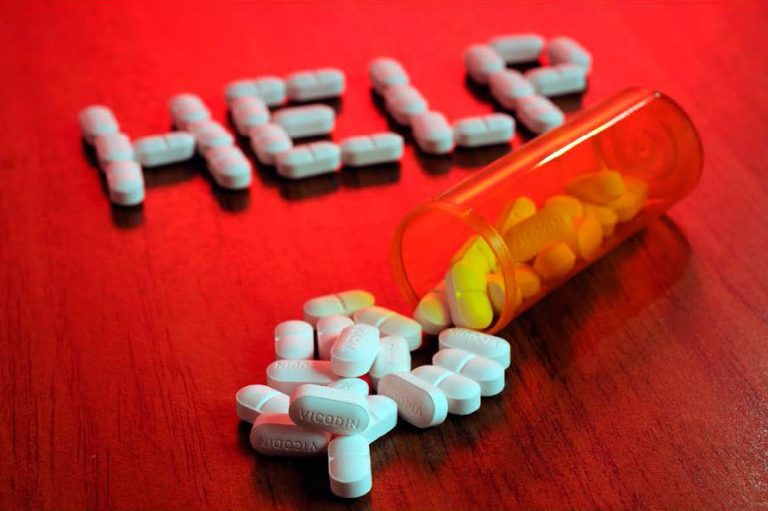
Recro Pharma Inc (NASDAQ:REPH) is one of the weeks runners in biotech so far. The company just put out data from a late stage trial, and the company gained more than 20% on the news. It’s down a little bit on Tuesday, but we expect this correction comes on the back of some profit taking, and that the company should pick up a return to its upside momentum (or at least sideways trading) near term.
The question now, is whether or not the company can carry the asset in question through to commercialization, and – in turn – turn the asset into a revenue generator. In an attempt to answer this question, here’s a look at what drove the gains, and what we are looking for going forward.
This one’s a good one. The drug is called meloxicam, and it’s already available in pill form, as marketed (and developed) by pharmaceutical giant Boehringer-Ingelheim. Its allure is that its mechanism of action (MOA) is non-opioid associated. There’s a huge problem with opioid addiction abuse and misuse in the US (and globally, really, but in the US especially) right now. Analysts are calling it an epidemic, and both the CDC and the FDA are working to try and find ways around the ever increasing addiction to opioid related pain therapies, and the costs associated with this for the healthcare system and the wider US economy. One of the most obvious ways to cut down opioid addiction is to administer non-opioid pain management drugs, but there aren’t many that offer the degree of pain relief that opioids do, in comparable doses. Recro’s current version of meloxicam doesn’t do a bad job when compared to a non ambulatory setting (say, a patient taking the drug on a regular basis at home to deal with chronic pain), but in a hospital setting, or ambulatory setting, and especially when it comes to acute pain, the relief just isn’t there. Why? Because the oral dosing doesn’t allow for the fast acting, and extended, relief that, say, and IV administered opioid does.
Recro’s version of meloxicam is designed to be just that – an IV administration version. To date, the non-solubility of the active compound have made it impossible to develop this type of administration (it doesn’t dissolve in water) but Recro has applied a technology to it that increases its solubility.
The data, therefore, needed to show that it is better than placebo in relieving pain in acute patients, and across a host of secondary endpoints, demonstrate that the degree of relief associated with the drug was enough to not necessitate rescue (i.e. the subsequent administration of an opioid based therapy).
To put it simply, it did.
Meloxicam demonstrated a statistically significant reduction in what’s called SPID24 (a measure in summed pain intensity over a 24-hour period) compared to the placebo arm. Importantly, it did so with a p=0.0145, demonstrating stat sig improvement. The secondary endpoints that the trial hit on were just as important (from an NDA perspective), and included SPID12 (a 12-hour version of the above), time to perceptible pain relief, subjects with ≥30% improvement at 24 hours, number of times patients required rescue in the first 24 hours after randomization, and number of times rescued from 24 to 48 hours. All were statistically significant.
So, what’s next?
Well, this was the efficacy element of a bunch of late stage studies, and there’s a safety study ongoing. The data from the safety study is going to be tacked on to this efficacy data, and will form the basis of a New Drug Application for the drug in this acute pain indication.
With this in mind, we’re looking for two key catalysts for Recro near term.
First, topline from the phase III, which should come near term. The trial is set to wrap up by the end of the first quarter or early second quarter next year, so we’re looking at the latter portion of the first half for data release. Obviously, we’re looking for a sound safety profile from this data, but given the data to date, we’re not concerned.
After that, we’re looking to NDA submission as the final pre-PDUFA catalyst of the development pathway. The company expects to put in the application during summer next year, so given topline from the safety phase III could come as late as May, we’re expecting submission sometime in July/August.




